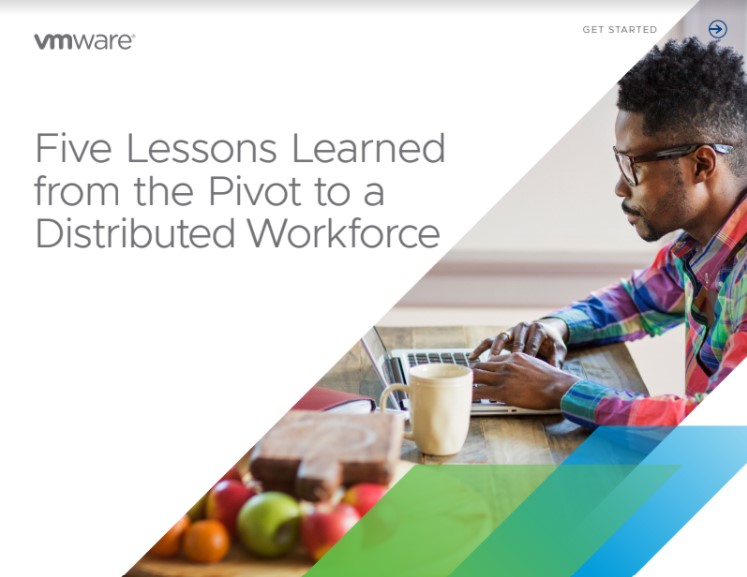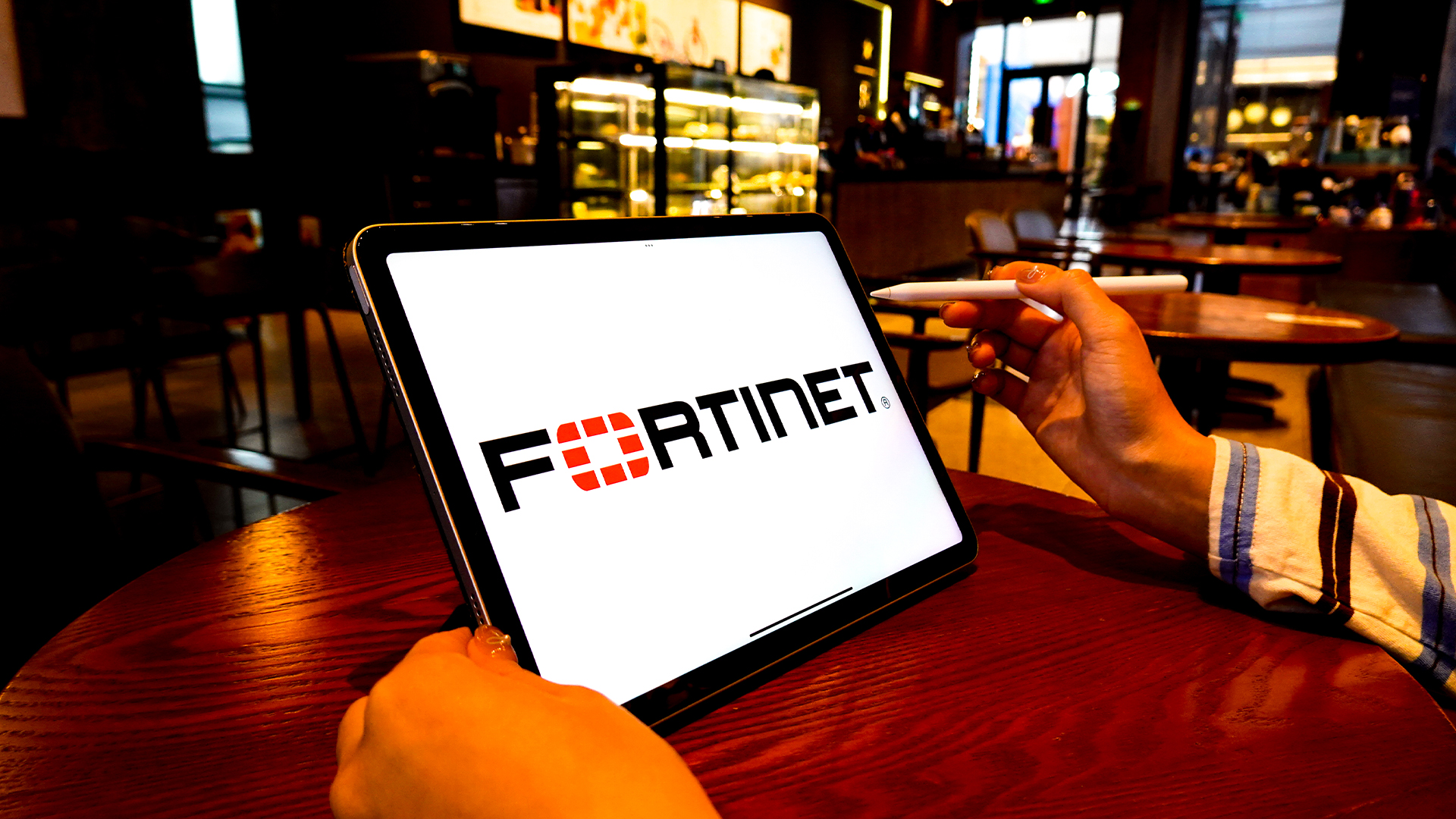VMware urges vCenter customers to immediately patch their systems
The company warns that ransomware gangs are primed to exploit two flaws to conduct remote code execution attacks


VMware is urging its customers to update vCenter Server versions 6.5, 6.7 and 7.0 immediately after fixing two vulnerabilities that could allow attackers to launch remote code execution attacks.
The most severe bug is tracked as CVE-2021-21985 which lies in the vSphere Client. This flaw involves a lack of input validation in the Virtual SAN Health Check plugin, which is enabled by default in the system.
The vSAN system is a software-defined storage platform that's used to eliminate the need for additional storage boxes using the local server storage. The health check plugin enhances customer support and user experience by allowing customers to manage their virtual deployments, including dozens of automated health checks.
The vulnerability is rated 9.8 on the CVSS threat severity scale and could allow hackers with network access to port 443 to execute commands with unrestricted privileges on the operating system that hosts vCenter Server. The high base score suggests the effects are particularly devastating, and the vulnerability is relatively easy to exploit.
The second vulnerability, tracked as CVE-2021-21986, is less severe, but nonetheless would allow attackers with network access to port 443 on vCenter Server to perform actions allowed by the impacted plugins without authentication.
This vulnerability concerns a vSphere authentication mechanism for the Virtual SAN Health Check, Site Recovery, vSphere Lifecycle Manager and VMware Cloud Director Availability plugins in the vSphere Client.
The bugs are extremely serious, VMware has warned, and customers are being advised to patch immediately.
Sign up today and you will receive a free copy of our Future Focus 2025 report - the leading guidance on AI, cybersecurity and other IT challenges as per 700+ senior executives
"With the threat of ransomware looming nowadays the safest stance is to assume that an attacker may already have control of a desktop and a user account through the use of techniques like phishing or spearphishing, and act accordingly," the firm says in its FAQs.
"This means the attacker may already be able to reach vCenter Server from inside a corporate firewall, and time is of the essence."
RELATED RESOURCE

Five lessons learned from the pivot to a distributed workforce
Improve employee experience and support IT teams for a more adaptable distributed workforce
The issue affects all vCenter Server customers, not just those who use vSAN, because this plugin is shipped with all systems and is enabled by default. The company doesn't advise disabling the vSAN plugin, because manageability and monitoring will not be possible, and customers using vSAN should only disable the plugin for short periods of time.
Warning of the dangers, VMware said in its FAQs that customers without perimeter security controls on their virtualisation infrastructure may be in jeopardy. Ransomware gangs, particularly, have demonstrated they can compromise corporate networks and subsequently wait for new vulnerabilities in order to attack from inside a network.
The fear is very real given that ransomware operators had previously exploited critical ESXi and vSphere Client flaws, with Carbon Spider and Sprite Spider gangs exploiting the flaws to encrypt virtual machines (VMs).

Keumars Afifi-Sabet is a writer and editor that specialises in public sector, cyber security, and cloud computing. He first joined ITPro as a staff writer in April 2018 and eventually became its Features Editor. Although a regular contributor to other tech sites in the past, these days you will find Keumars on LiveScience, where he runs its Technology section.
-
 I couldn’t escape the iPhone 17 Pro this year – and it’s about time we redefined business phones
I couldn’t escape the iPhone 17 Pro this year – and it’s about time we redefined business phonesOpinion ITPro is back on smartphone reviews, as they grow more and more intertwined with our work-life balance
-
 When everything connects, everything’s at risk
When everything connects, everything’s at riskIndustry Insights Growing IoT complexity demands dynamic, automated security for visibility, compliance, and resilience
-
 Two Fortinet vulnerabilities are being exploited in the wild – patch now
Two Fortinet vulnerabilities are being exploited in the wild – patch nowNews Arctic Wolf and Rapid7 said security teams should act immediately to mitigate the Fortinet vulnerabilities
-
 Everything you need to know about Google and Apple’s emergency zero-day patches
Everything you need to know about Google and Apple’s emergency zero-day patchesNews A serious zero-day bug was spotted in Chrome systems that impacts Apple users too, forcing both companies to issue emergency patches
-
 Security experts claim the CVE Program isn’t up to scratch anymore — inaccurate scores and lengthy delays mean the system needs updated
Security experts claim the CVE Program isn’t up to scratch anymore — inaccurate scores and lengthy delays mean the system needs updatedNews CVE data is vital in combating emerging threats, yet inaccurate ratings and lengthy wait times are placing enterprises at risk
-
 IBM AIX users urged to patch immediately as researchers sound alarm on critical flaws
IBM AIX users urged to patch immediately as researchers sound alarm on critical flawsNews Network administrators should patch the four IBM AIX flaws as soon as possible
-
 Critical Dell Storage Manager flaws could let hackers access sensitive data – patch now
Critical Dell Storage Manager flaws could let hackers access sensitive data – patch nowNews A trio of flaws in Dell Storage Manager has prompted a customer alert
-
 Flaw in Lenovo’s customer service AI chatbot could let hackers run malicious code, breach networks
Flaw in Lenovo’s customer service AI chatbot could let hackers run malicious code, breach networksNews Hackers abusing the Lenovo flaw could inject malicious code with just a single prompt
-
 Industry welcomes the NCSC’s new Vulnerability Research Initiative – but does it go far enough?
Industry welcomes the NCSC’s new Vulnerability Research Initiative – but does it go far enough?News The cybersecurity agency will work with external researchers to uncover potential security holes in hardware and software
-
 Hackers are targeting Ivanti VPN users again – here’s what you need to know
Hackers are targeting Ivanti VPN users again – here’s what you need to knowNews Ivanti has re-patched a security flaw in its Connect Secure VPN appliances that's been exploited by a China-linked espionage group since at least the middle of March.